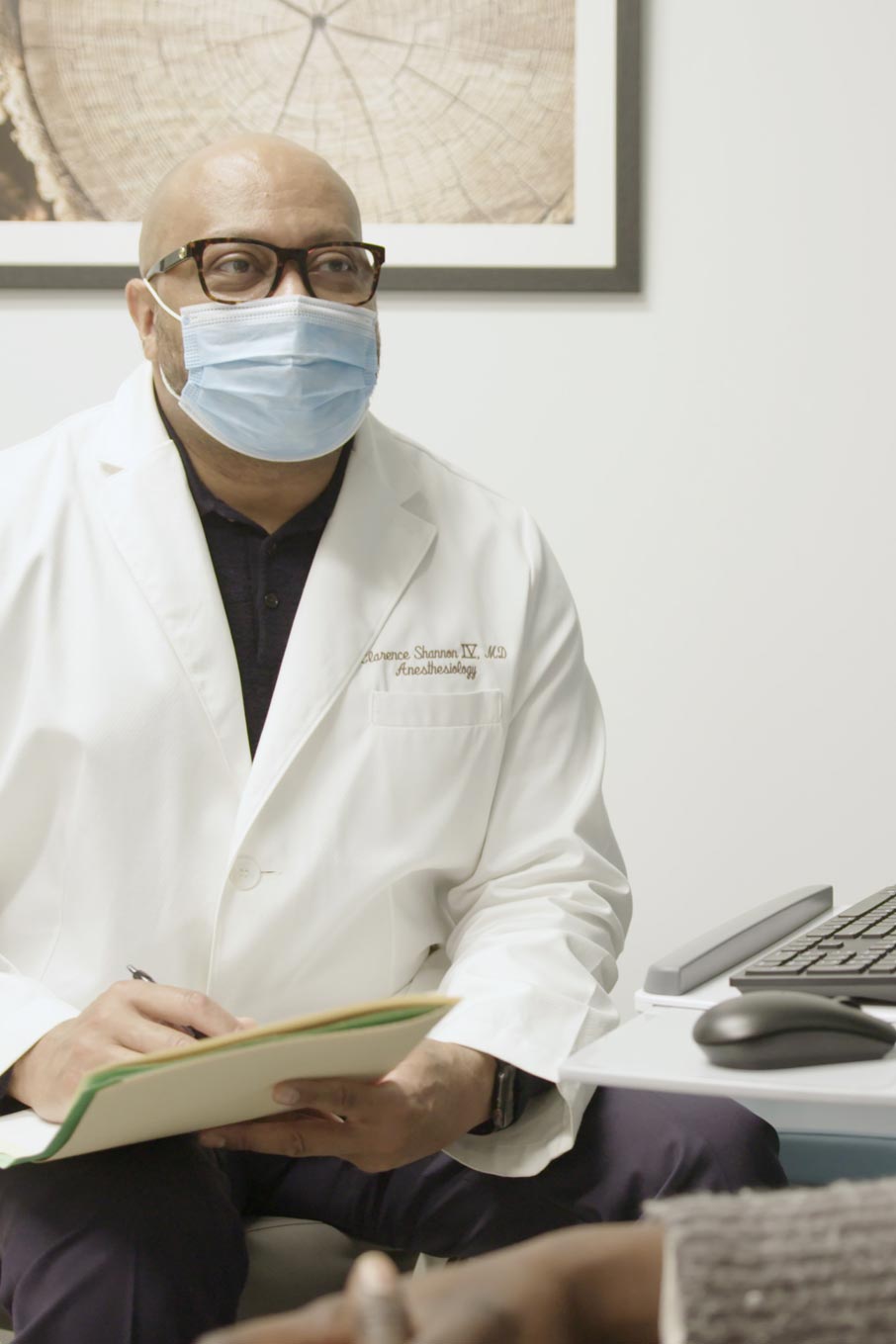We want to produce great physicians. As a state university, we want to produce great physicians who serve the specific needs of Minnesotans. Fifty-plus years ago, the state legislature recognized that rural physicians were retiring faster than they could be replaced. They asked the U of M to address that need, and in 1971 John E. “Jack” Verby created the Rural Physician’s Associate Program (RPAP). The first initiative of its kind in the U.S., the program gives third-year medical students the chance to live in a community for nine months and learn from experienced preceptors—physicians who supervise their clinical practice and mentor their professional development. Verby believed that if students could experience the special kinds of connection to the community that rural practitioners can have, they would be hooked. And it worked. Of the 1,600 physicians to date who have trained in RPAP, 40% continue to practice in rural locations, and 75% remain in primary care.
This year also marks the 50th anniversary of our Duluth Campus, which was charged with addressing the needs of rural and Native American communities. In addition to strong family medicine and research programs, its unique relationships and partnerships with people in NE Minnesota create a pipeline that engages students of all ages in science and medicine, and encourages them to consider careers in health-related fields. Many of the students who study in Duluth return to their communities to practice.
But training physicians to meet the needs of our state isn’t just a case of supply and demand.
The majority of our departmental operations is workforce development—the training of family doctors to take care of the citizens of Minnesota.
- Dr. James Pacala


Over time, new healthcare needs have emerged. Although Minnesota overall is one of the healthiest states, it also has some of the starkest health disparities in the country. Following the success of the RPAP model, the Metropolitan Physician Associate Program (MetroPAP) was established in 2010 as an urban counterpart to give students a family medicine clerkship experience in our growing cities.
Continuing RPAP and MetroPAP, in 2022 we added three additional clerkships, becoming the first in the U.S. to offer five community-specific choices. In the future, we will continue to add options to these five Minnesota Health Pathways as new community needs emerge.
In the same way, our University of Minnesota M Physicians clinics meet specific community and patient needs. Like our urban Broadway Clinic, where reluctant patient Howard Palm grew to trust a resident who made a personal connection. Like our arts-focused Mill City Clinic, where designer Christopher Houltberg found a primary care physician whose tenacity—and creativity—in finally finding a diagnosis matched his own.
Our researchers also focus on improving how we deliver equitable care in the future. Michele Allen, the #1 NIH-funded family medicine researcher in the U.S., looks at how school connectedness positively influences adolescent health outcomes, and how to improve that connectedness for youth from immigrant communities. Jerica Berge, a prolific community health researcher, looks at how variables like food insecurity, psychosocial stress and discrimination impact health, and how to make whole-person health more accessible.
As the world changes, we evolve our training and research, as well as our care delivery, to ensure that Minnesotans have access to the best care that meets their unique needs.